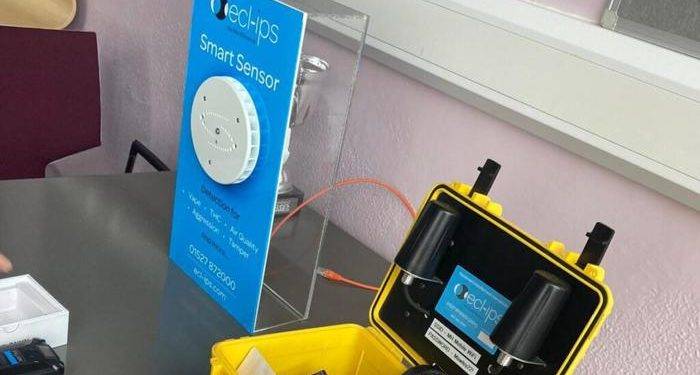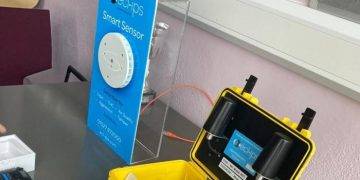Vape and Bullying Detection technologies are empowering schools to tackle the dual challenges of vaping and bullying with unprecedented precision. These systems use advanced sensors and AI to monitor environments, detect incidents, and enable rapid intervention. By integrating these solutions, schools can create safer, healthier spaces for students to learn and grow.
Why Vape and Bullying Detection Matters
Vaping and bullying pose significant risks to student health and safety. Vaping can lead to nicotine addiction and health issues, while bullying can cause emotional distress and academic challenges. Traditional monitoring methods often fail to detect these behaviors in real-time. Vape and Bullying Detection technologies provide a proactive solution, helping schools address these issues before they escalate.
How These Technologies Work
Vape Detection Systems
Vape detection systems use sensors to detect chemical compounds in e-cigarette vapor. Installed in high-risk areas like restrooms, these sensors send real-time alerts to administrators when vaping is detected. Some systems integrate with IoT platforms, providing detailed analytics to help schools track trends and implement prevention strategies.
Bullying Detection Tools
Bullying detection tools use AI to analyze data from cameras, microphones, or communication platforms. For example, natural language processing can identify harmful language in text messages, while video analytics can detect aggressive behavior. These tools enable schools to intervene early, preventing bullying from escalating into more serious incidents.
Benefits for Schools
Vape and Bullying Detection systems reduce the incidence of harmful behaviors, improve student well-being, and enhance school safety. They also provide data to support evidence-based interventions, such as counseling or prevention programs. By addressing these issues proactively, schools can create a positive and supportive learning environment.
Addressing Privacy Concerns
The use of Vape and Bullying Detection technologies raises valid concerns about student privacy. Schools must implement these systems ethically, ensuring compliance with regulations like FERPA and obtaining consent from parents and students. Transparent policies and regular audits can help build trust and ensure responsible use.
The Future of School Safety
As Vape and Bullying Detection technologies evolve, they will become more accurate and integrated with other school safety systems. For example, future systems may use AI to predict potential incidents based on behavioral patterns or integrate with air quality monitors to address multiple safety concerns. By adopting these technologies, schools can stay ahead of emerging challenges and prioritize student safety.











